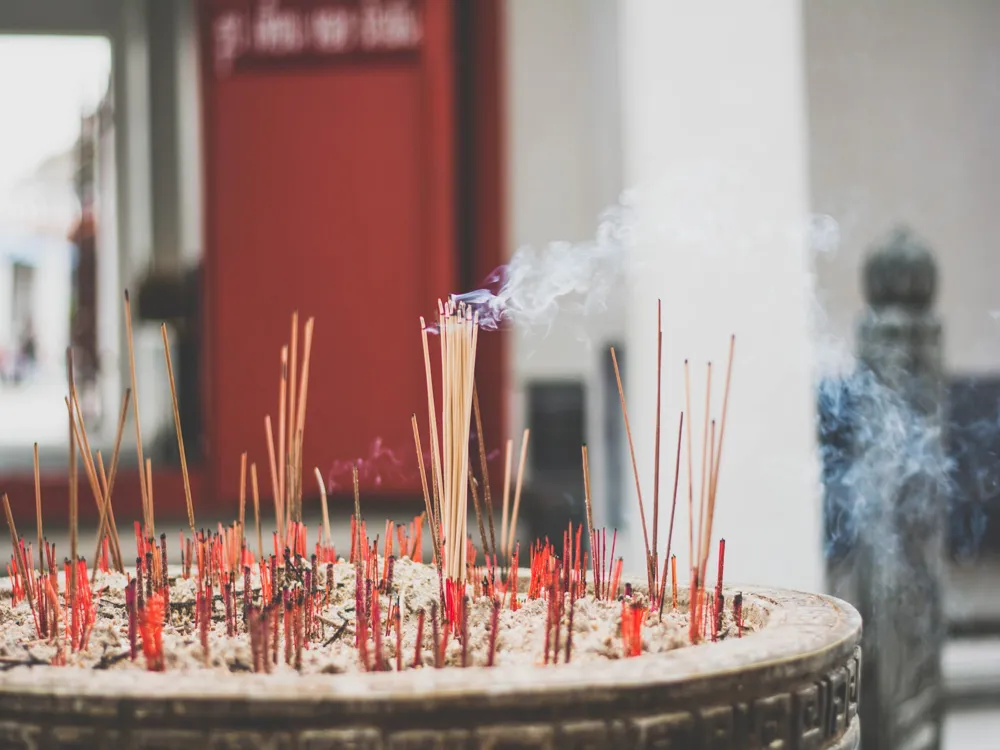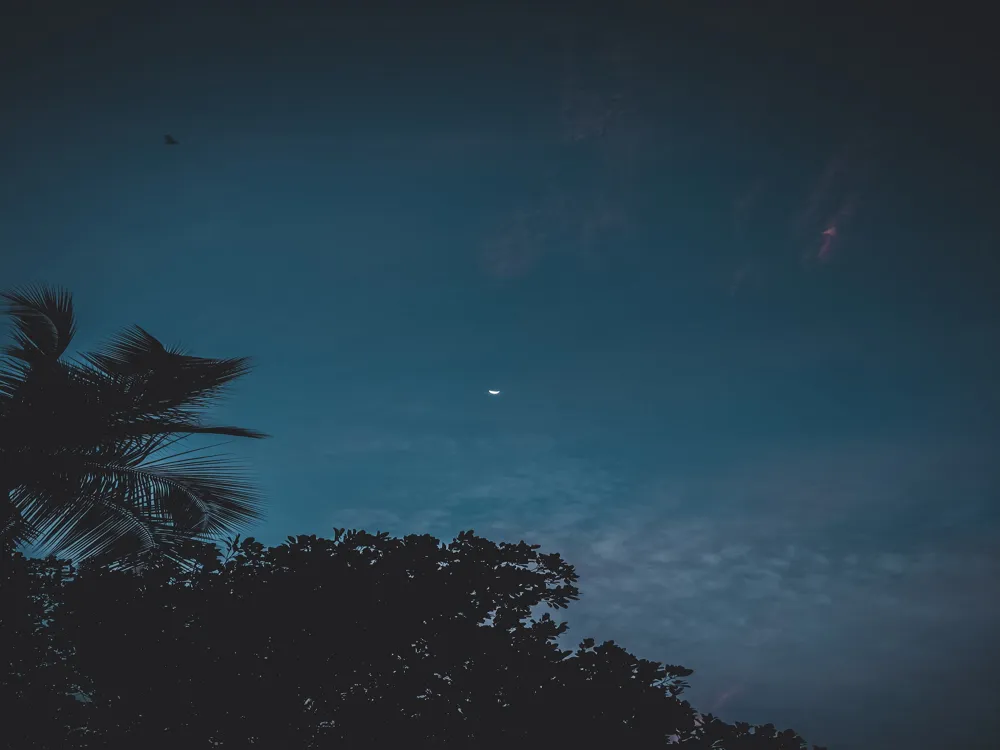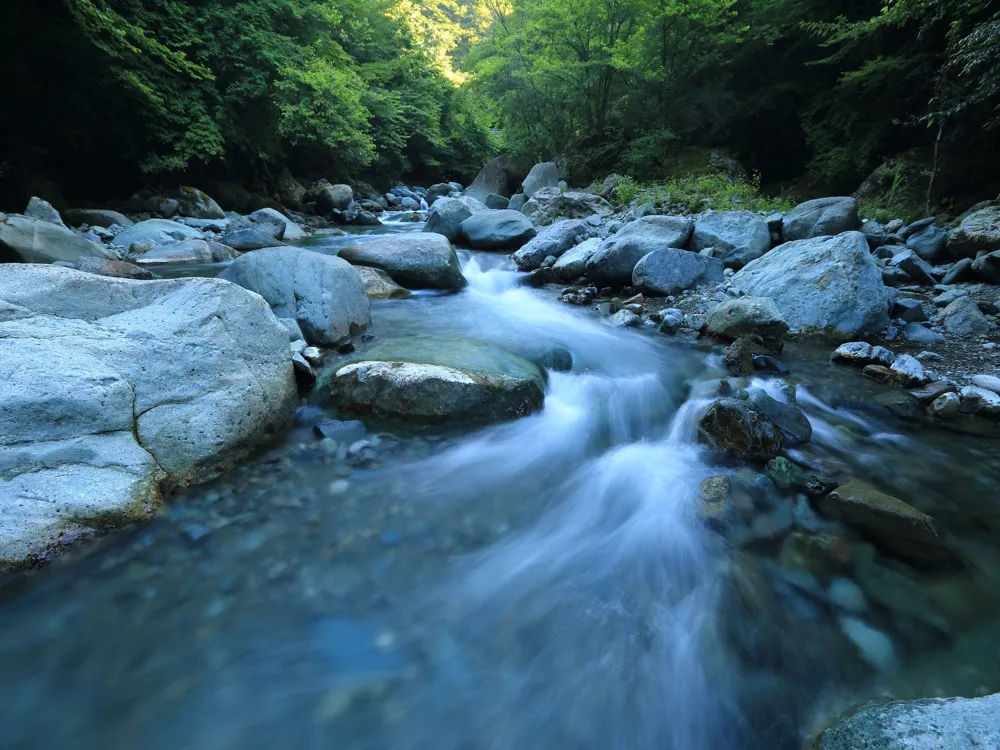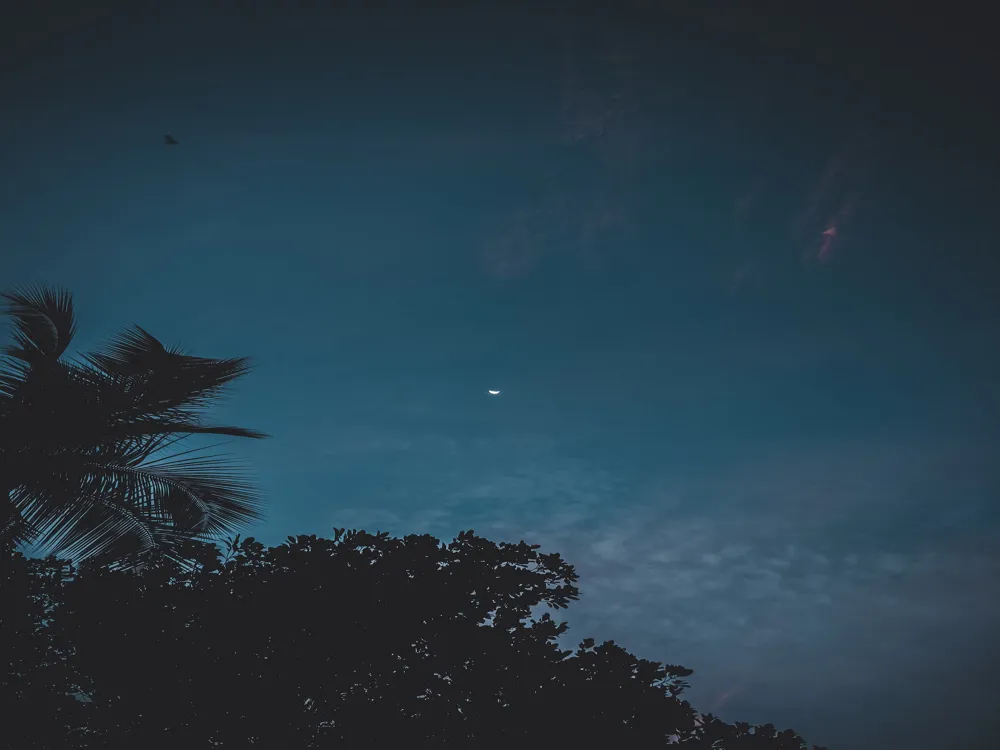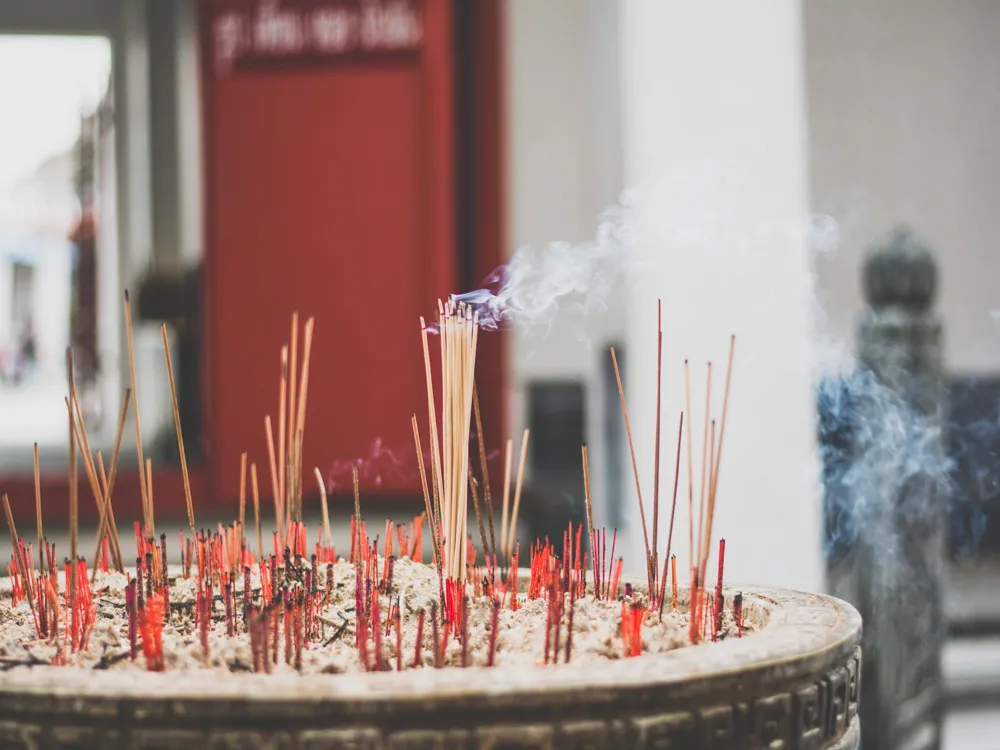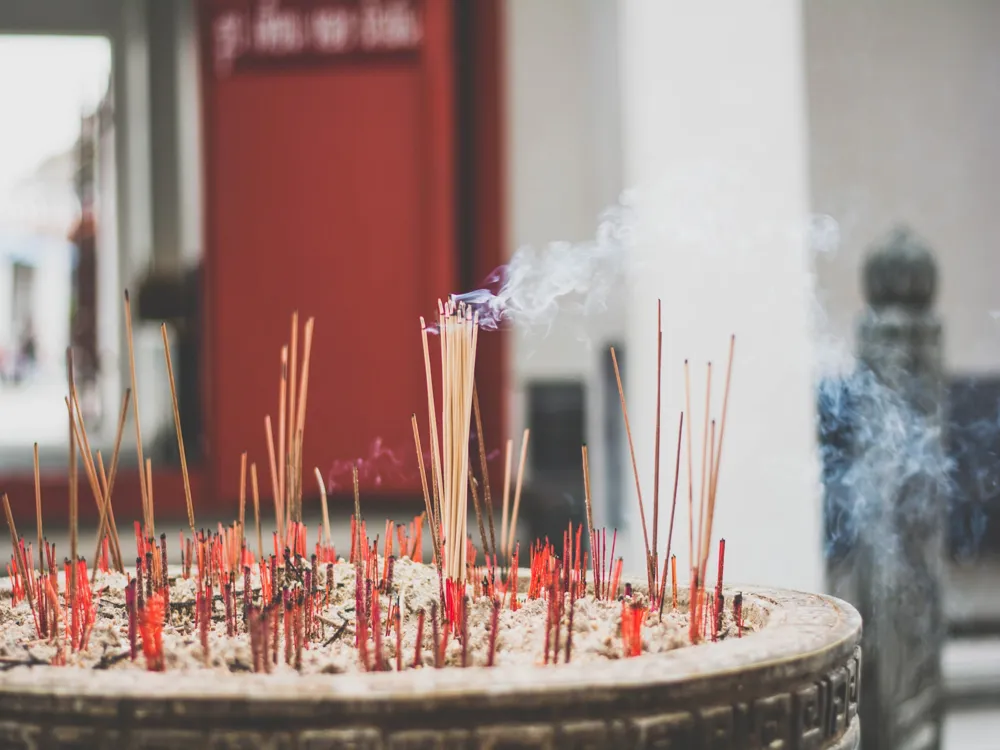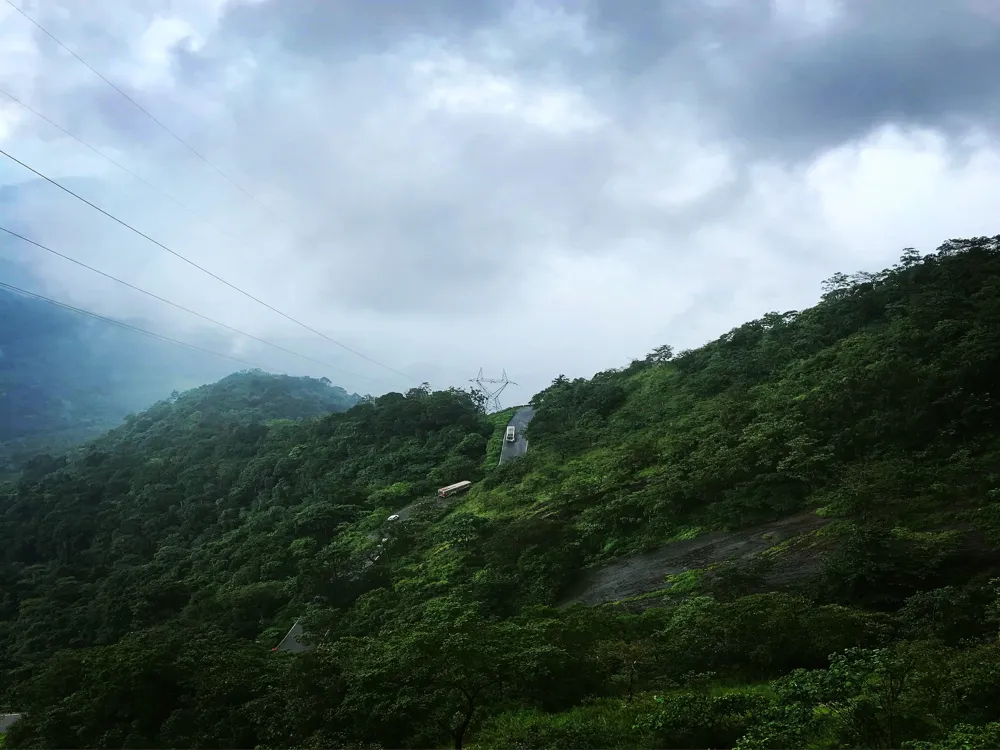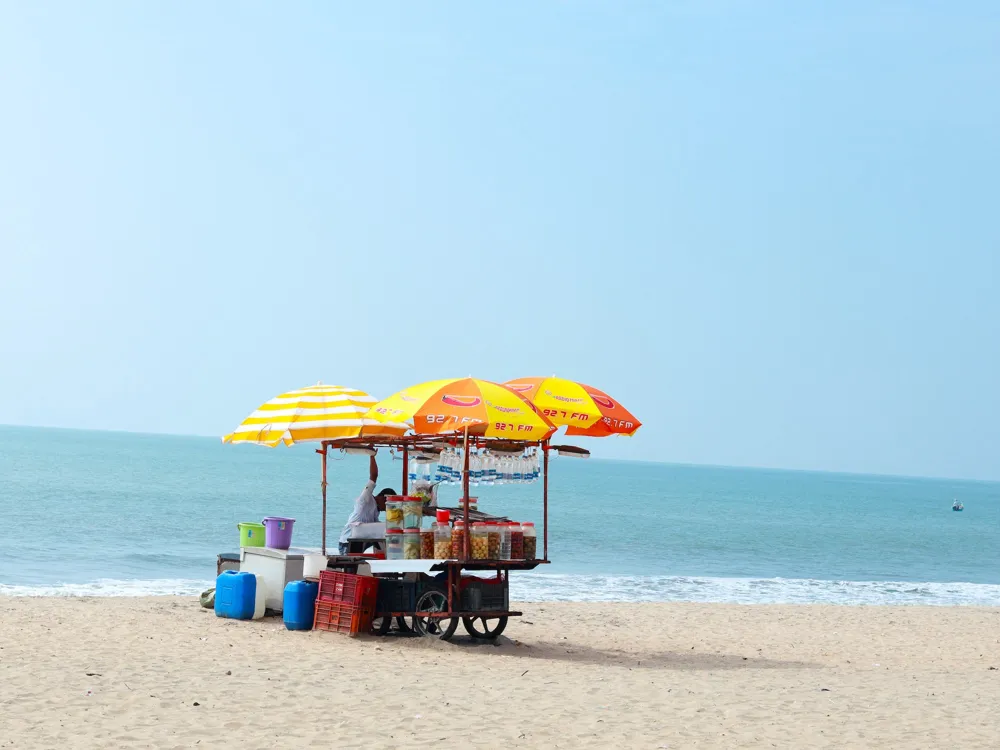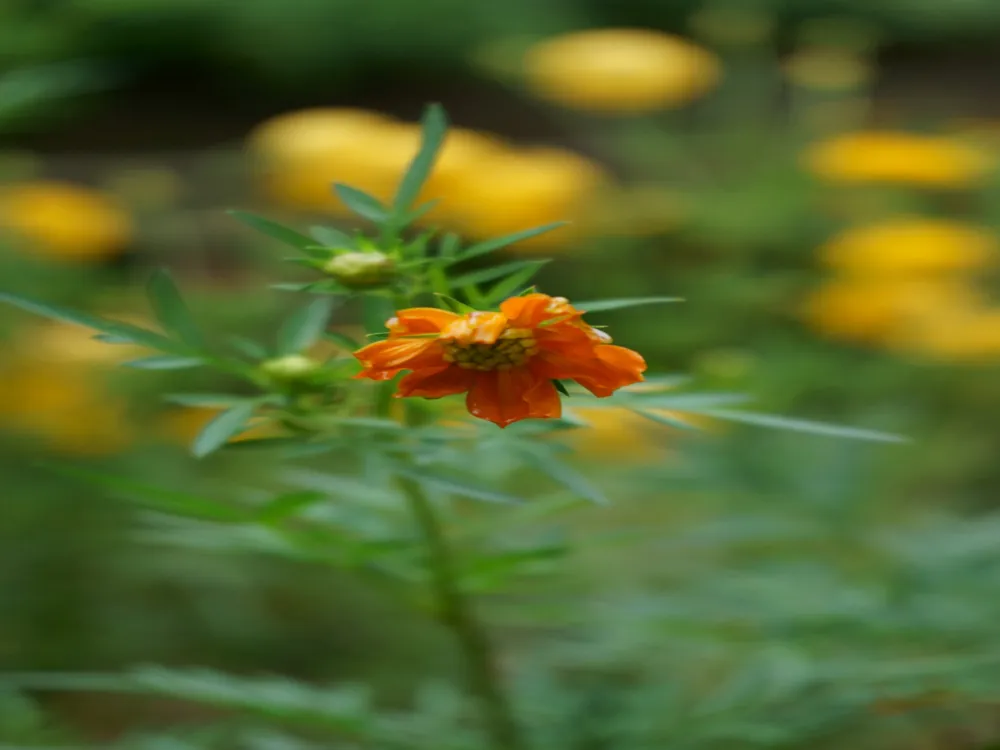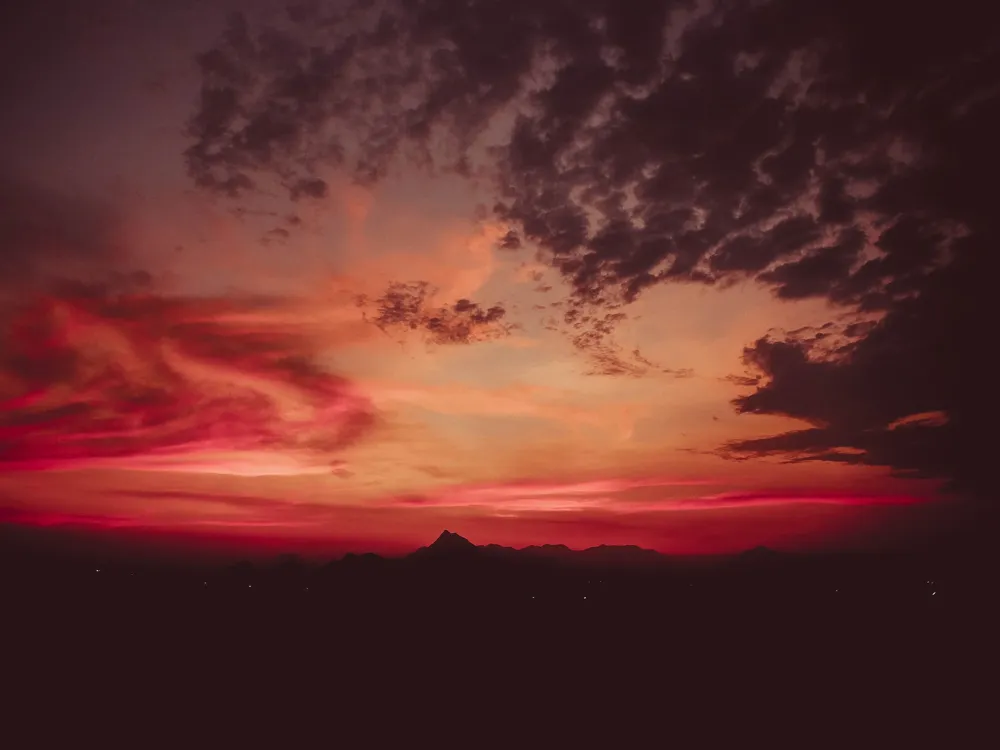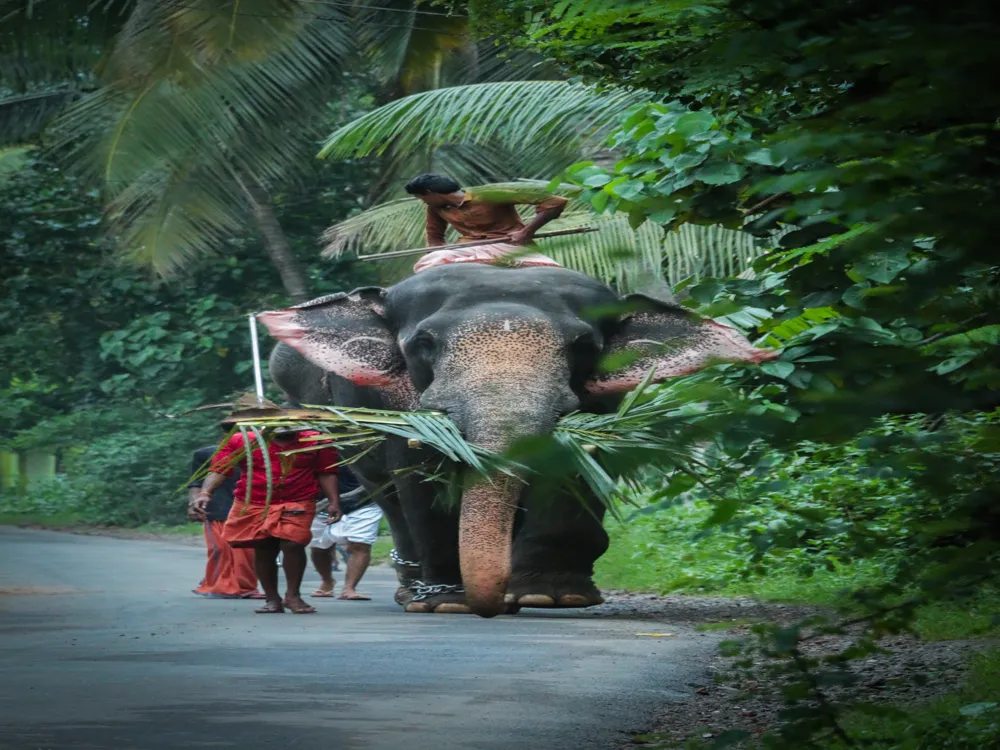Known as the Nila, the Bharathapuzha River in Malappuram, Kerala, stands as a significant landmark of South India's cultural and ecological landscape. Originating from the Anamalai Hills of the Western Ghats, this river, second longest in Kerala, stretches over 209 kilometers, weaving through various districts before merging into the Arabian Sea. The Bharathapuzha has been a silent witness to Kerala's rich history, culture, and traditions, playing a pivotal role in the lives of countless individuals along its banks. The river's journey begins in Tamil Nadu, meandering through the lush landscapes of Palakkad, Thrissur, and finally Malappuram. It's more than just a water body; it's a cradle of civilization, nurturing the land and its people. The Bharathapuzha has influenced numerous poets, artists, and musicians, inspiring much of Kerala's acclaimed art forms. The riverbanks are dotted with historical landmarks, temples, and cultural centers, making it a living museum of the region's heritage. Ecologically, Bharathapuzha is a haven for diverse flora and fauna. The river's basin supports a range of ecosystems, from dense forests to wetlands, providing vital habitats for numerous species. However, in recent years, the river has faced significant challenges. Environmental concerns like pollution, sand mining, and deforestation in the catchment areas have posed threats to its existence and health. Conservation efforts are crucial in preserving this vital waterway for future generations. The architecture of the Bharathapuzha River is not just about its physical structure but also encompasses the cultural, ecological, and social frameworks intertwined with its existence. The river flows through a diverse landscape, featuring unique geological formations, creating a variety of habitats. Its banks are home to ancient temples, like the Thiruvilwamala Temple and the Thirunavaya Navamukunda Temple, which reflect the traditional Kerala style of architecture with intricate wood carvings and majestic gopurams (towers). The river's course has been shaped over millennia, carving out deep valleys and wide plains in its path. The numerous tributaries and sub-tributaries add to its intricate architecture, forming an extensive network that supports the region's agriculture and ecology. The Bharathapuzha also hosts an array of dams and reservoirs like the Malampuzha Dam, which play a critical role in irrigation and power generation, contributing to the socio-economic fabric of Kerala. Architecturally, the human settlements along the Bharathapuzha have evolved over time, reflecting the socio-cultural evolution of the region. The traditional Nalukettu houses, characteristic of Kerala's architecture, can be seen in many villages along the river. These dwellings are designed with nature in mind, ensuring ventilation and natural lighting, harmonizing with the river's landscape. The ideal time to visit the Bharathapuzha River is from October to March, when the weather is pleasant, and the river is brimming with water, perfect for sightseeing and experiencing the serene beauty of the river. Visitors are encouraged to practice responsible tourism by avoiding littering, using eco-friendly products, and respecting the local culture and traditions. Preserving the river's natural beauty and ecological balance is paramount. Engage with the local culture by visiting the ancient temples and cultural centers along the riverbanks. Participate in local festivals and events to get a deeper understanding of the region's rich heritage. Bharathapuzha River is accessible via multiple modes of transportation. The nearest airport is Calicut International Airport, from where one can hire taxis or use public transport to reach the river. For those preferring rail, there are several railway stations like Shoranur and Tirur located near the river, providing easy access. Road connectivity to Bharathapuzha is excellent, with a network of state and national highways leading to different parts of the river. Read MoreOverview of Bharathapuzha River, Malappuram, Kerala
Architecture of Bharathapuzha River
Tips When Visiting Bharathapuzha River
Best Time to Visit
Responsible Tourism
Exploring the Culture
How To Reach Bharathapuzha River
Malappuram Tourism
Best Time to Visit Malappuram
How to Reach Malappuram
Things To Do Malappuram
Bharathapuzha River
Malappuram
Kerala
NaN onwards
View malappuram Packages
Malappuram Travel Packages
View All Packages For Malappuram
Top Hotel Collections for Malappuram

Private Pool

Luxury Hotels

5-Star Hotels

Pet Friendly
Top Hotels Near Malappuram
Other Top Ranking Places In Malappuram
View All Places To Visit In malappuram
View malappuram Packages
Malappuram Travel Packages
View All Packages For Malappuram
Top Hotel Collections for Malappuram

Private Pool

Luxury Hotels

5-Star Hotels

Pet Friendly







